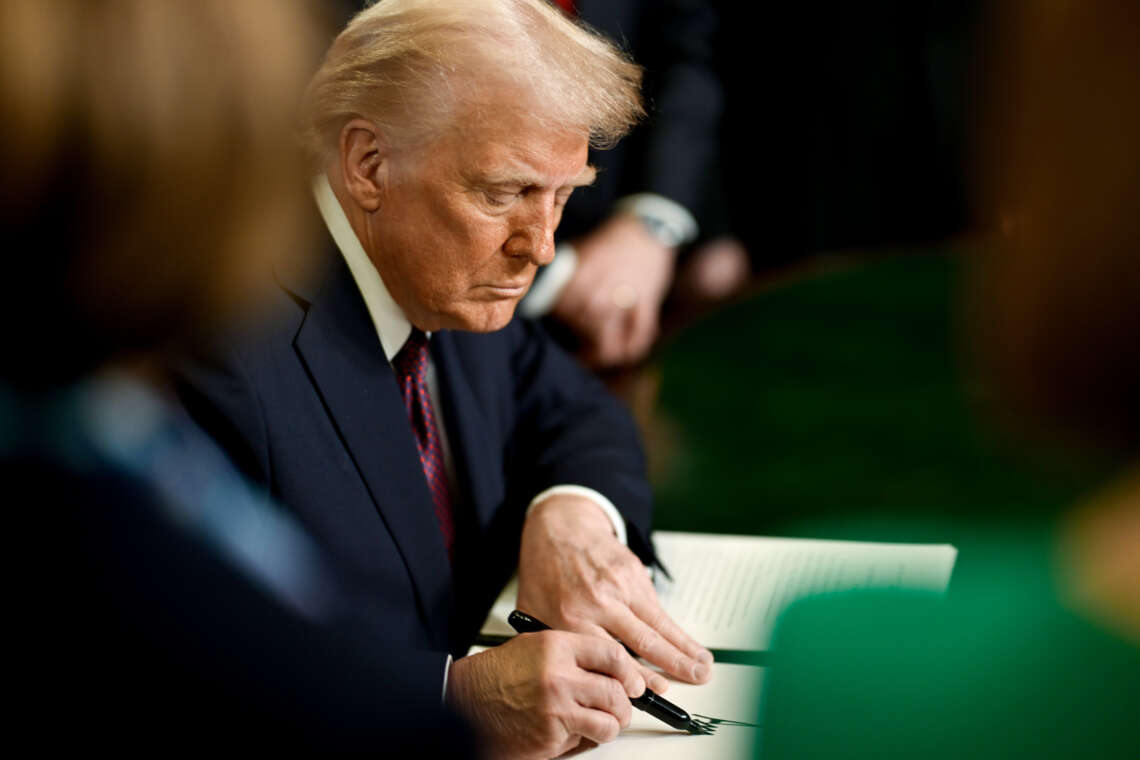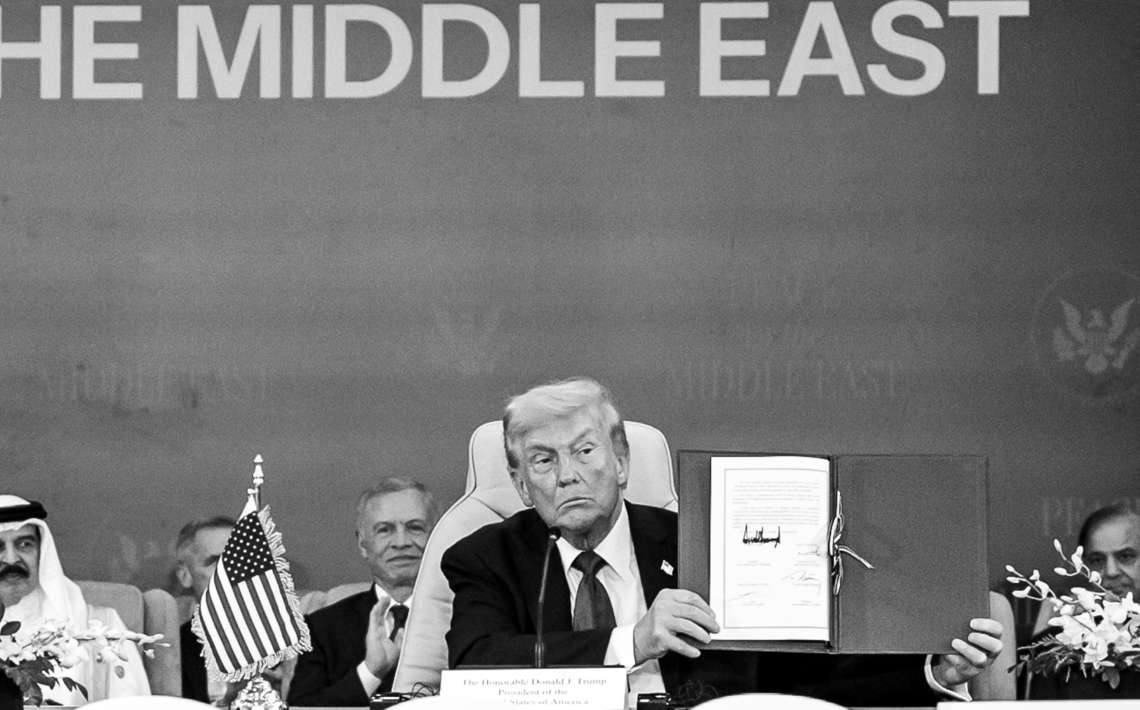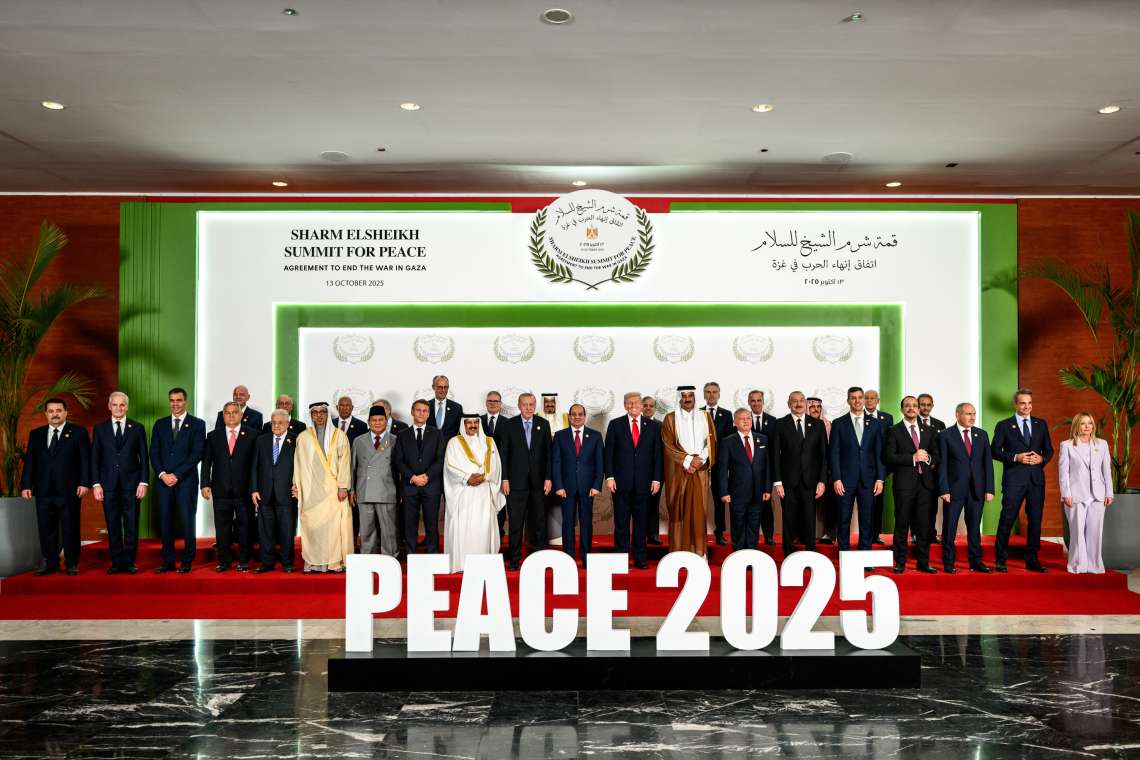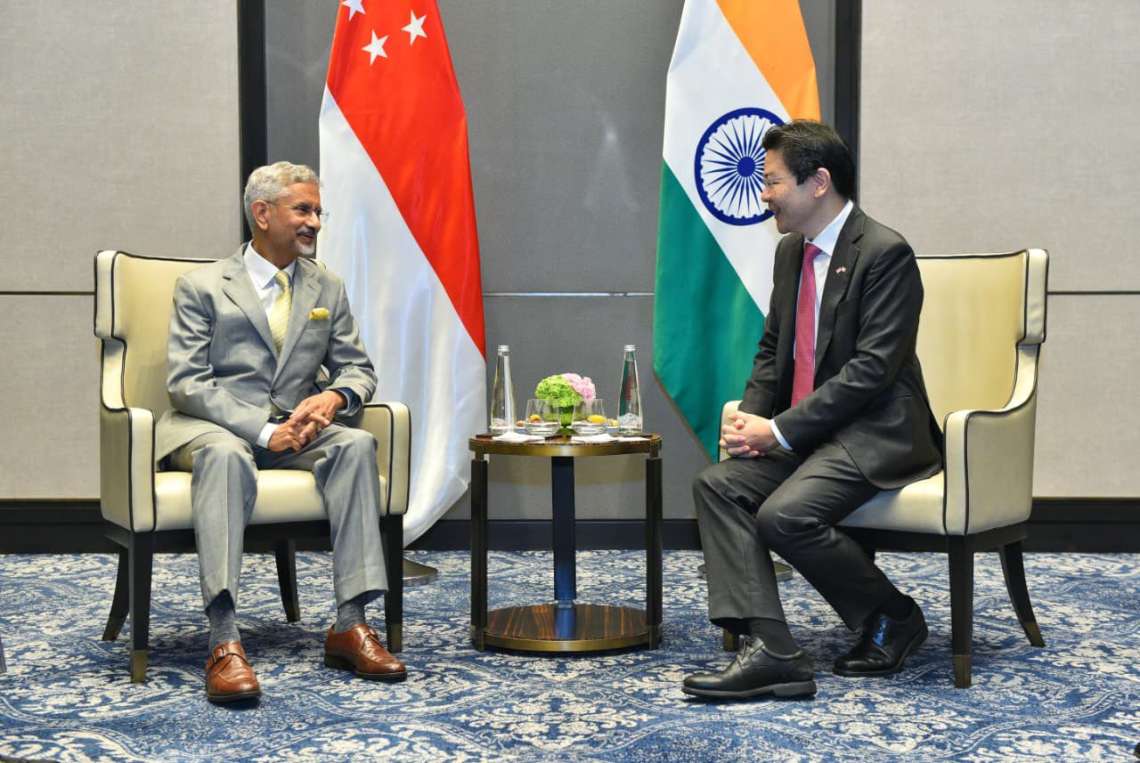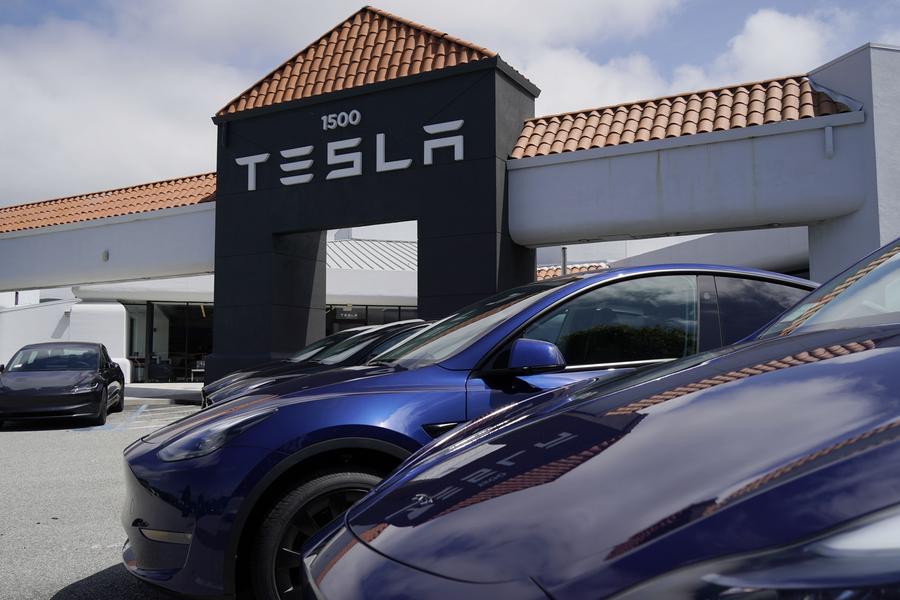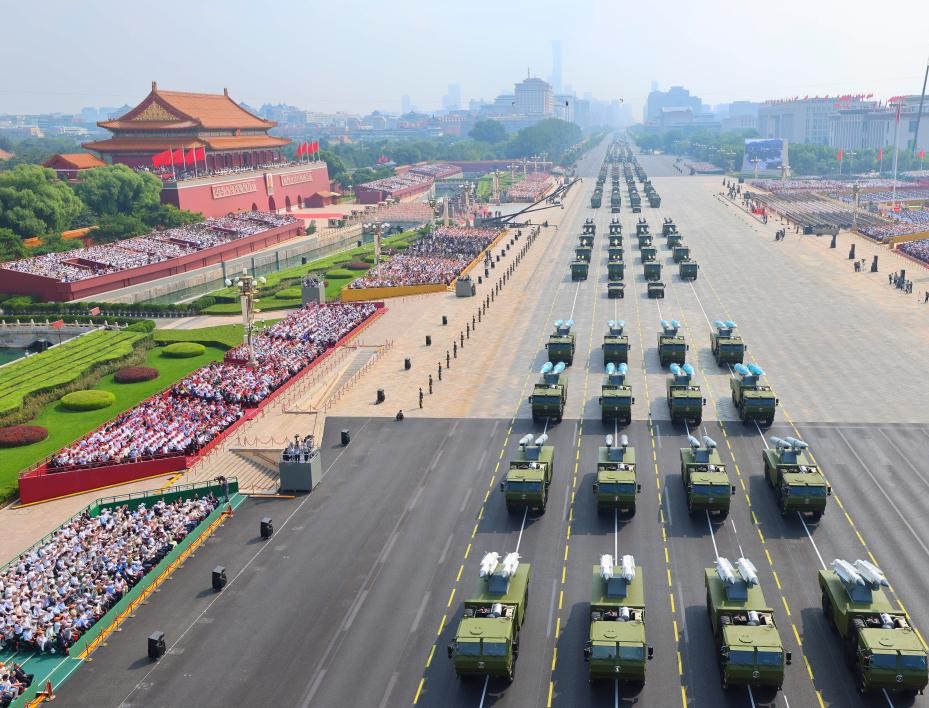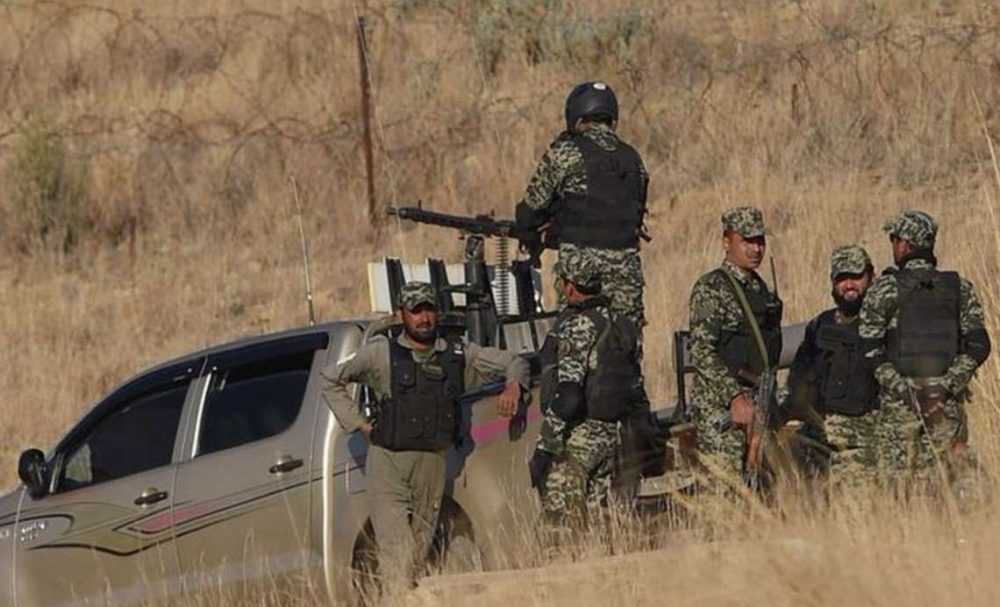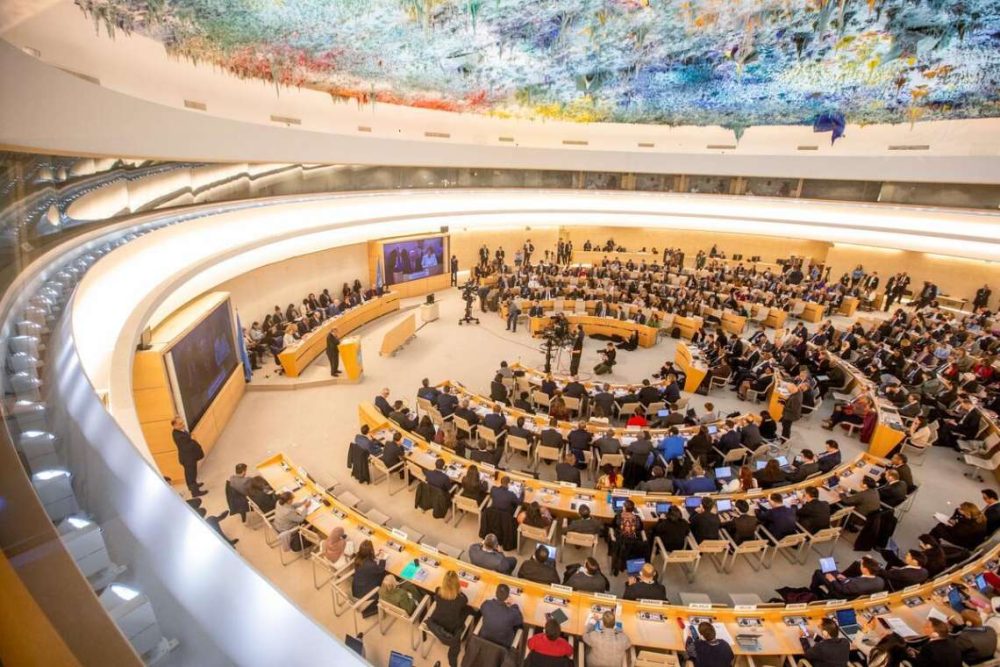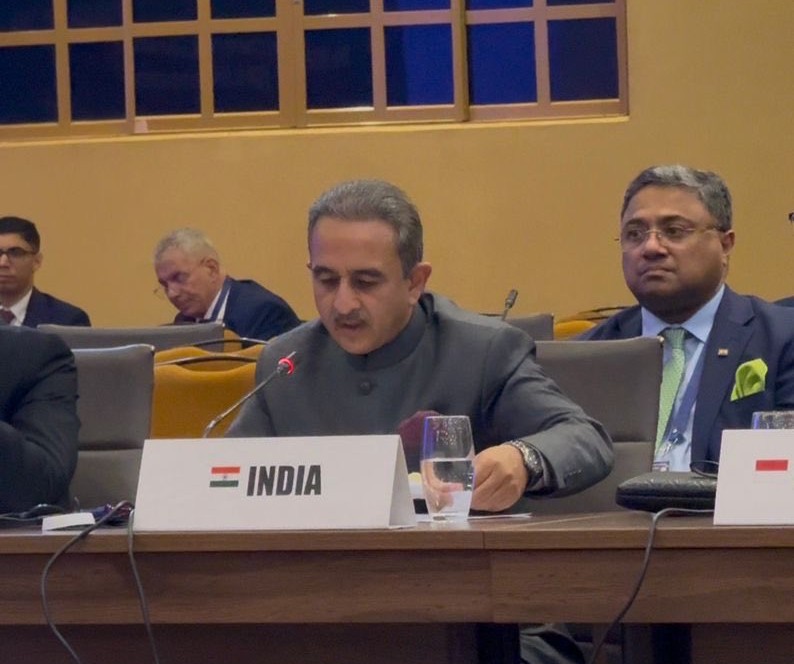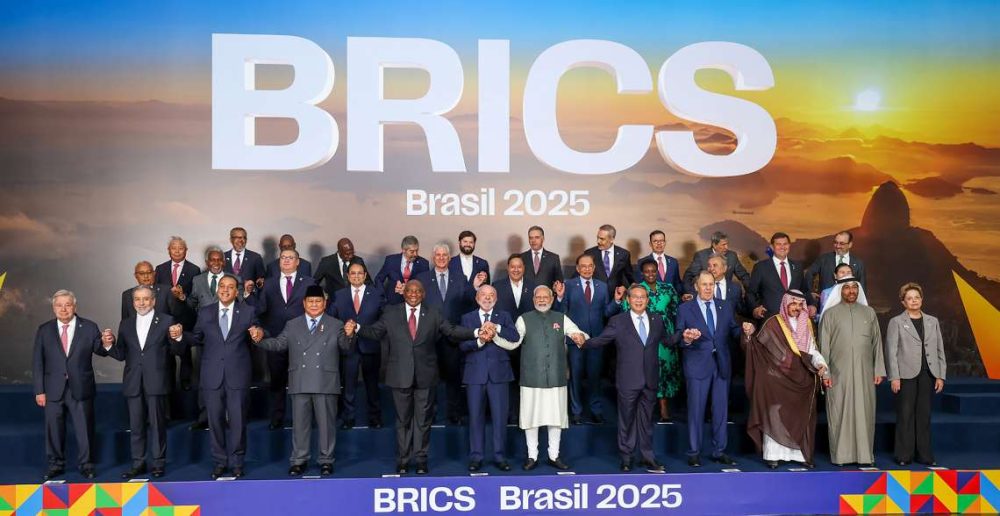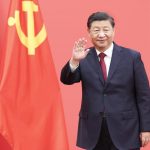President appeals ruling that struck down wide-ranging import levies as unconstitutional…reports Asian Lite News
President Donald Trump has asked the Supreme Court to overturn a ruling that declared many of his tariffs unlawful, setting up a constitutional clash over presidential authority that could redefine American trade policy and potentially force the government to refund billions of dollars.
In a petition filed late on Wednesday, the administration urged the justices to intervene swiftly to confirm that the president can impose sweeping import taxes under emergency powers. The appeal comes after a divided US Court of Appeals for the Federal Circuit ruled 7–4 last week that the tariffs Trump introduced under the International Emergency Economic Powers Act (IEEPA) exceeded presidential authority and trespassed on powers reserved for Congress.
The appellate court held that setting tariffs was “a core Congressional power” and one not open to presidential appropriation, even under emergency circumstances. While the judgment dealt a blow to the administration, its implementation was delayed until 14 October to allow time for an appeal to the nation’s highest court.
The stakes are high for Trump, who has made tariffs the centrepiece of his “America First” economic policy. Earlier this year he declared an economic emergency, citing long-standing trade deficits and declining domestic manufacturing as threats to national security. On that basis, he issued executive orders imposing a baseline 10 per cent duty on imports from more than 90 countries, alongside “reciprocal tariffs” designed to penalise nations accused of unfair trade practices.
He also authorised additional levies on goods from China, Mexico and Canada, arguing these were necessary to curb the inflow of drugs and protect US industries. Supporters say the measures gave Washington greater leverage in trade talks, revitalised manufacturing, and reduced reliance on foreign imports. Critics, however, claim they disrupted supply chains, fuelled inflation, and provoked damaging retaliatory measures from allies and rivals alike.
The legal challenges began when a coalition of small businesses and US states argued the tariffs were unlawful and economically harmful. In May, the New York-based Court of International Trade agreed, striking down the duties. That ruling was stayed during the appeal process, which culminated in last week’s Federal Circuit decision against the administration.
In the administration’s petition to the Supreme Court, Solicitor General John Sauer said the lower court’s ruling “has disrupted highly impactful, ongoing diplomatic trade negotiations, and cast a pall of legal uncertainty over the President’s efforts to protect our country by preventing an unprecedented economic and foreign policy crisis”.
If the Supreme Court refuses to take up the case, the lower court’s decision would come into force next month, obliging the administration to lift tariffs on dozens of countries and potentially reimburse companies for duties already paid.
The ruling applies only to measures enacted under IEEPA. Duties imposed on steel and aluminium imports, for example, were established under a separate law, the Trade Expansion Act of 1962, and remain in force. Still, the tariffs struck down by the court cover a vast portion of global trade, including duties on Canada, Mexico and China — countries central to Trump’s efforts to reshape global supply chains.
Analysts say the potential removal of these levies could undermine the administration’s bargaining position and complicate efforts to pressure Beijing, Ottawa and Mexico City on broader issues ranging from intellectual property to border security.
At the core of the case lies a debate over the separation of powers in Washington. Congress has constitutional authority over taxation and tariffs, but over time it has delegated certain emergency powers to the presidency. Trump’s reliance on IEEPA, however, stretched that framework further than any of his predecessors. Traditionally, the law has been used for targeted sanctions against hostile regimes, terrorist networks or individuals suspected of laundering money — not sweeping, across-the-board tariffs covering much of global trade.
The majority opinion from the Federal Circuit ruled that such a sweeping use of IEEPA was unconstitutional. Yet four dissenting judges argued the president must retain wide latitude to respond quickly to economic threats, warning that restricting presidential discretion could weaken America’s ability to defend itself in a volatile global environment.
The Supreme Court’s response will now determine whether Trump can continue to wield tariffs as a central tool of his presidency. If the justices agree to hear the case, they could either cement or curtail the White House’s ability to act unilaterally on trade. If they decline, the rulings against Trump will stand, forcing an abrupt unwinding of his trade agenda.
Observers say the stakes extend far beyond tariffs. A definitive ruling could set new limits on presidential use of emergency powers, altering the balance of authority between Congress and the executive branch.
With global markets on edge and diplomatic negotiations in flux, the administration is pressing for a rapid Supreme Court hearing. For Trump, the outcome could shape not only the direction of American trade policy but also his political standing as he seeks to convince voters that his administration is delivering on its promise to protect US workers and industries.


